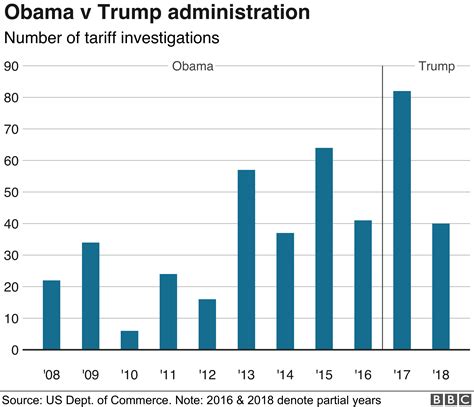Amidst the hustle and bustle of international trade, a seismic shift has occurred as President Donald Trump unleashed a barrage of tariffs targeting major players like China, the European Union, and more. The ramifications of this bold move are reverberating across continents, stirring both debate and concern within the global economic sphere.
Trump’s Rationale
In a grandiose display of economic prowess, Trump unveiled his plan to slap hefty tariffs on various countries. The rationale behind this audacious move? A fervent belief that these measures will pave the way for America’s economic resurgence. According to him, these tariffs are not just about financial gains but also about rectifying trade imbalances and safeguarding American jobs and industries.
The 10% Baseline Tariff
At the core of Trump’s tariff onslaught lies a 10% baseline tariff set to take effect imminently. This blanket tax on all imports into the United States is poised to shake up global markets starting from April 5th. As companies ferry foreign goods onto American soil, they will bear the brunt of this tax burden, potentially leading to trickle-down effects felt by consumers worldwide.
Some nations have managed to evade the full force of this baseline rate. Countries like the United Kingdom, Singapore, Brazil, Australia, New Zealand, Turkey, Colombia, Argentina, El Salvador, United Arab Emirates,and Saudi Arabia are among those breathing a sigh of relief as they face only the base rate.
Specific Reciprocal Tariffs for ‘Worst Offenders’
Painting a vivid picture of retribution against trade transgressors deemed as “worst offenders,” White House officials outlined plans for specific reciprocal tariffs aimed at around 60 nations engaging in unfair trading practices. These tailored tariff rates are slated to kick in on April 9th with some staggering percentages:
– European Union: 20%
– China: 54%
– Vietnam: 46%
– Thailand: 36%
– Japan: 24%
– Cambodia: 49%
– South Africa: 30%
– Taiwan: 32%
These punitive measures target countries that allegedly impose exorbitant tariffs on US goods or employ non-tariff barriers detrimental to American economic interests.
No Additional Tariffs on Canada and Mexico
Canada and Mexico breathe a sigh of relief as they find themselves exempted from the new baseline tariff regime due to past dealings with Trump’s administration. Building upon previous executive orders addressing narcotics trafficking issues and border security concerns through tariffs—initially set at an imposing 25%—both nations have been spared additional financial strain under this scheme.
25% Tariffs on Car Imports
Adding fuel to an already blazing fire of protectionist policies is Trump’s announcement regarding a whopping 25% tariff imposed on imported automobiles—a move likely sending shockwaves throughout automotive industries worldwide. Effective immediately following its declaration at midnight local time,this measure underscores Trump’s unwavering stance towards reshaping global trade dynamics.
As world leaders grapple with this unruly upheaval in established trade norms orchestrated by Washington D.C., reactions vary from staunch criticism labeling it as a “major blow”to cautious optimism amidst fears over escalating trade tensions between nations embroiled in this high-stakes game of economic brinkmanship.

